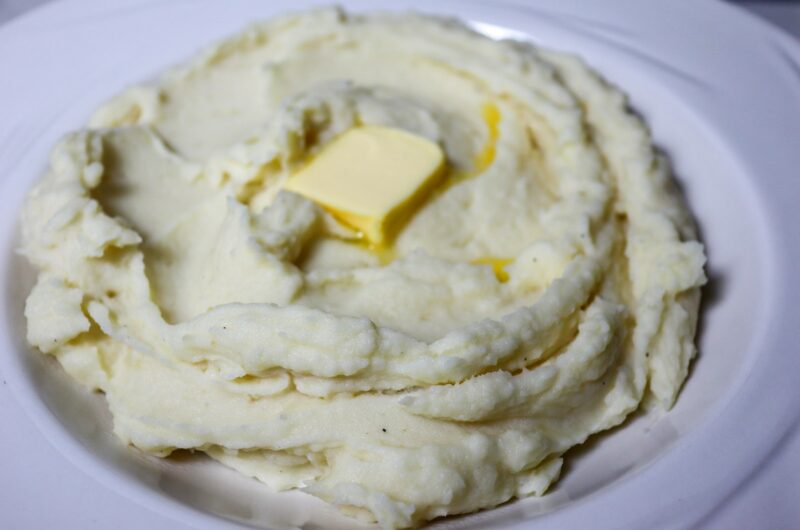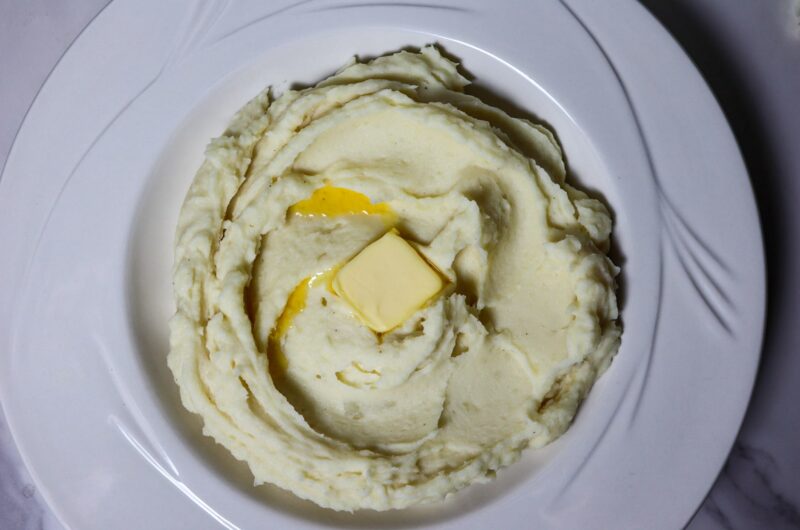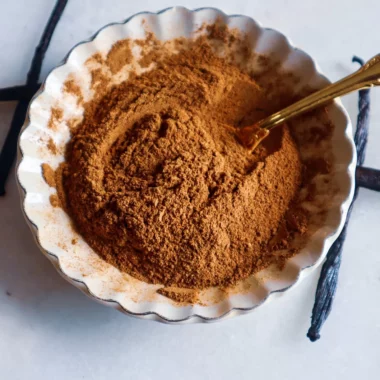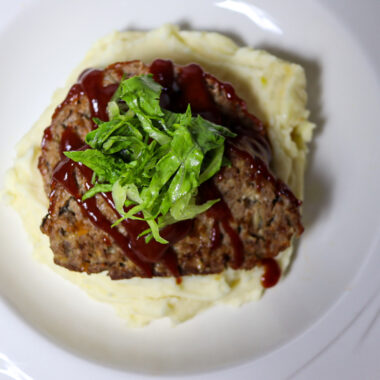Garlic parmesan mashed potatoes are a tasty spin on classic mashed potatoes. They are the perfect flavorful side dish for Thanksgiving or Christmas dinner or dinner any time of year. These mashed potatoes are creamy and garlicky, with the perfect amount of salty flavor.
What Are The Best Potatoes For Mashed Potatoes
Starchy potatoes are the best potatoes for making mashed potatoes. Russet and Idaho potatoes are some of the starchiest potatoes. They are ideal for making mashed potatoes.
These potatoes will not fall apart easily when boiled. Additionally, they soak up the butter and heavy cream better than other potatoes, creating creamy, light, rich mashed potatoes.
You can also use Yukon gold potatoes instead of russet or Idaho potatoes. They are not as starchy as Idaho or russet potatoes, but they have a buttery texture that gives mashed potatoes a beautifully creamy consistency.
Do not use waxy potatoes such as Red Bliss or new potatoes. Your mashed potatoes will have a gummy texture if you make them with waxy potatoes. Use waxy potatoes to make stews, soups, or casseroles.
Why Do You Add Butter Before Milk In Mashed Potatoes
Potatoes absorb liquid as they cook. If they absorb too much liquid, they will develop a gluey texture. Adding the butter to the potatoes first allows it to melt and coat the starch molecules. This prevents the potatoes from absorbing too much liquid, creating silky potatoes instead of gluey ones. It also gives the mashed potatoes a more buttery flavor.
Tips For Making Mashed Potatoes
- Peel the skin if you want the mashed potatoes to be extremely creamy. If you prefer more rustic mashed potatoes, leave the skin on.
- Place the diced potatoes into cold water, then place it on the stove and let it come to a boil. Adding potatoes to boiling water is dangerous as the water can plop and burn you. Cold water also helps the potatoes cook more evenly, making them fluffier.
- Cook the potatoes until they are fork-tender. This will give the mashed potatoes a silky texture rather than a mushy one.
- Use unsalted butter. Unsalted butter gives you more control over the amount of salt in the mashed potatoes.
- Use heavy cream or half and half. While there is nothing wrong with using good old whole milk, heavy cream and half and half give the mashed potatoes a delightfully creamy texture.
Variations
While this garlic parmesan mashed potatoes recipe is perfectly delicious, you can make it even better by trying one of all of these variations:
- Caramelized Onions
- Bacon
- Sour Cream
- Cheddar Cheese
- Buttermilk
- Pepper Jack Cheese
- Store Bought Garlic & Herb Butter
- Swiss Cheese
- Chives
- Onion Powder
How To Keep Garlic Parmesan Mashed Potatoes Warm
If you plan to make these garlic parmesan mashed potatoes beforehand, you will need to know how to keep them warm. No one enjoys eating cold mashed potatoes. The easiest way to keep mashed potatoes warm is by transferring potatoes to a large bowl, covering them with plastic wrap, and setting them over a pot of simmering water.
You can also keep mashed potatoes warm by transferring them to a slow cooker and turning the dial to warm.
How To Store Garlic Parmesan Mashed Potatoes
To store mashed potatoes, let them cool completely. Place them into an airtight container. Store them in the fridge for 4 days.
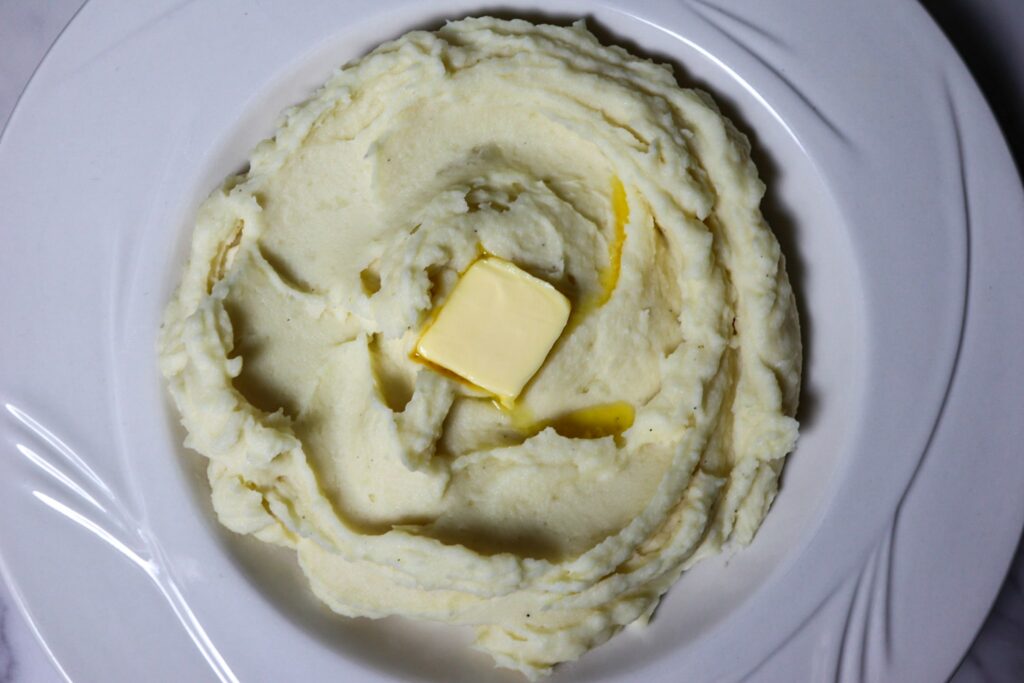
Can You Freeze Mashed Potatoes
If you are wondering if you can freeze mashed potatoes, the answer is yes. I have never personally tried to freeze mashed potatoes because they never last longer than 1-2 days. However, you can freeze mashed potatoes.
According to The Kitchen, the trick is to use lots of cream and butter. This rich combination makes mashed potatoes the perfect meal for freezing, and they reheat beautifully.
To freeze mashed potatoes, let them cool completely. Divide the mashed potatoes into smaller portions by scooping single-serving portions onto a baking sheet lined with parchment paper.
Freeze the mashed potatoes for 4 hours or overnight until they are frozen solid. Remove the mashed potatoes from the freezer, place them into a freezer bag, and freeze them for 1 month. Alternatively, you can freeze the mashed potatoes in a freezer-safe container.
How To Reheat Mashed Potatoes
There are several methods you can use to reheat mashed potatoes. You can reheat them on the stovetop, oven, or microwave. If you are reheating frozen mashed potatoes, let them defrost in the fridge overnight before you reheat them.
Stovetop
Place the mashed potatoes into a pot, then add a splash of cream and butter and place them over low heat. Let it heat for 8-10 minutes, occasionally stirring, adding more butter and heavy cream if necessary until they are warm.
Oven
Preheat your oven to 350°F. Let your mashed potatoes sit for 20 minutes at room temperature while the oven preheats. Place your mashed potatoes into a baking dish.
Add a few tablespoons of butter and heavy cream, but do not mix it into the mashed potatoes. Cover the mashed potatoes with a tight-fitting lid or foil. Bake the mashed potatoes for 20-30 minutes until they are warm. Stir the mashed to incorporate the butter and cream before stirring.
Microwave
Place the leftover mashed potatoes in a microwave-safe dish. Next, heat them in the microwave for a minute, then stir the mashed potatoes. Continue heating the mashed potatoes in 30-second bursts, stirring after each burst until they are warm. Read More
Recommended Recipes:
Sour Cream And Onion Chicken
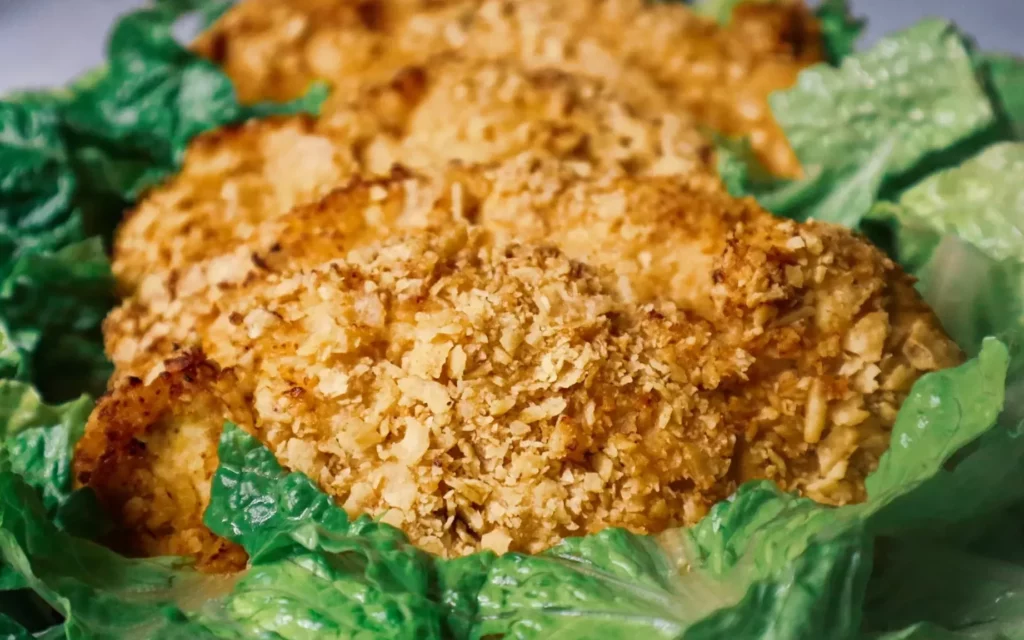
Quick And Easy Air Fryer Broccoli
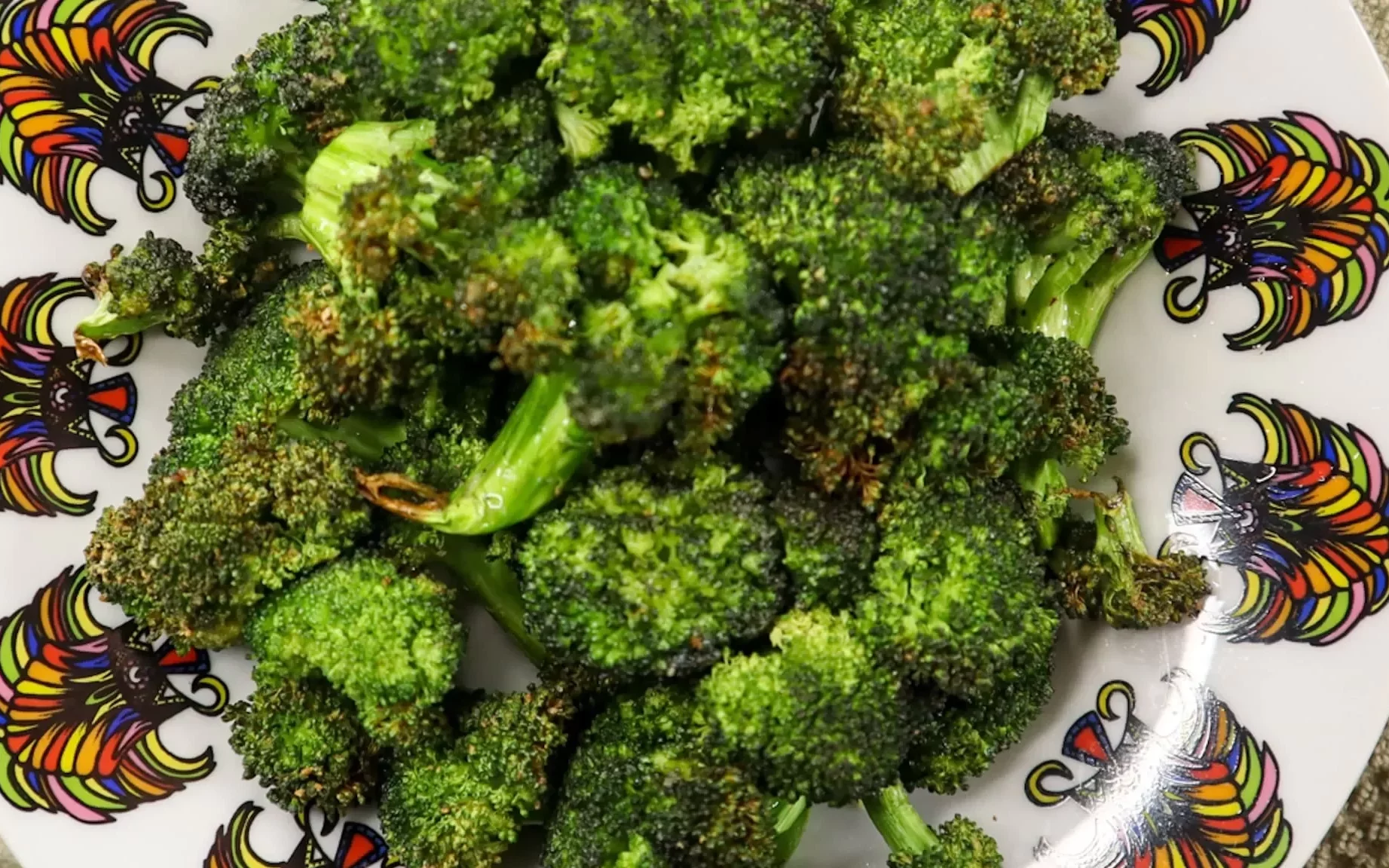
Lemon Paprika Chicken Breast
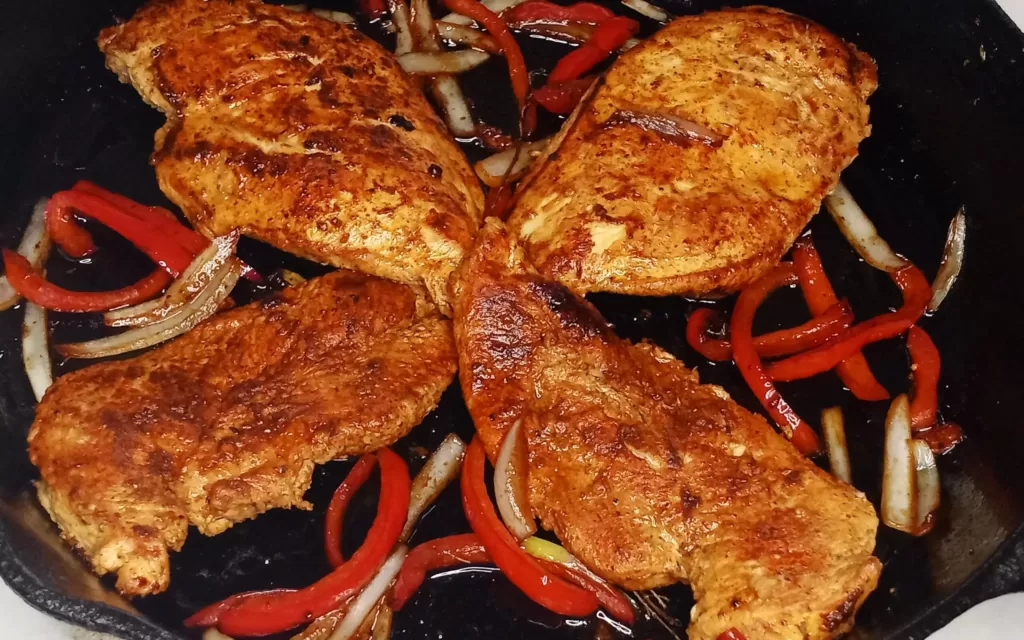
Nutrition Facts
4 servings per container
- Amount Per ServingCalories319
- % Daily Value *
- Total Fat
12g
19%
- Saturated Fat 7.9g 35%
- Cholesterol 36mg 12%
- Sodium 485mg 21%
- Potassium 975mg 28%
- Total Carbohydrate
42.1g
15%
- Dietary Fiber 4.1g 16%
- Sugars 2.8g
- Protein 11.6g 22%
- Calcium 211%
- Iron 2%
* The % Daily Value tells you how much a nutrient in a serving of food contributes to a daily diet. 2,000 calories a day is used for general nutrition advice.

